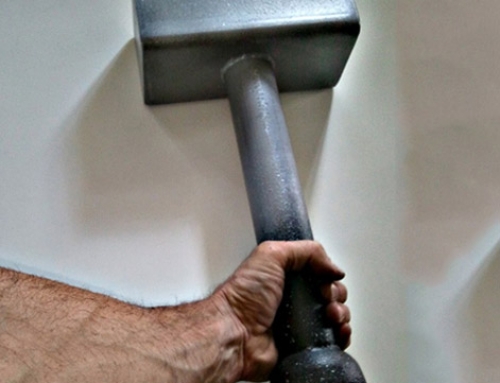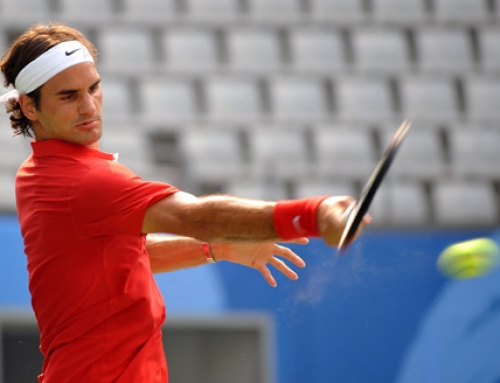The first topic in today’s show is safely creating big angles from the baseline by creating more topspin. How exactly should we hit these shots without them sailing wide? I give two practice drills to get a better feel for how vertical you should be swinging. The second topic has to do with mishitting volleys and missing easy volleys in general. I give a great three step system to eliminating miss hit volleys and also talk about how you can hit an offensive volley without losing your consistency!
Download Transcript:
Word Doc | PDF | Kindle | Text





